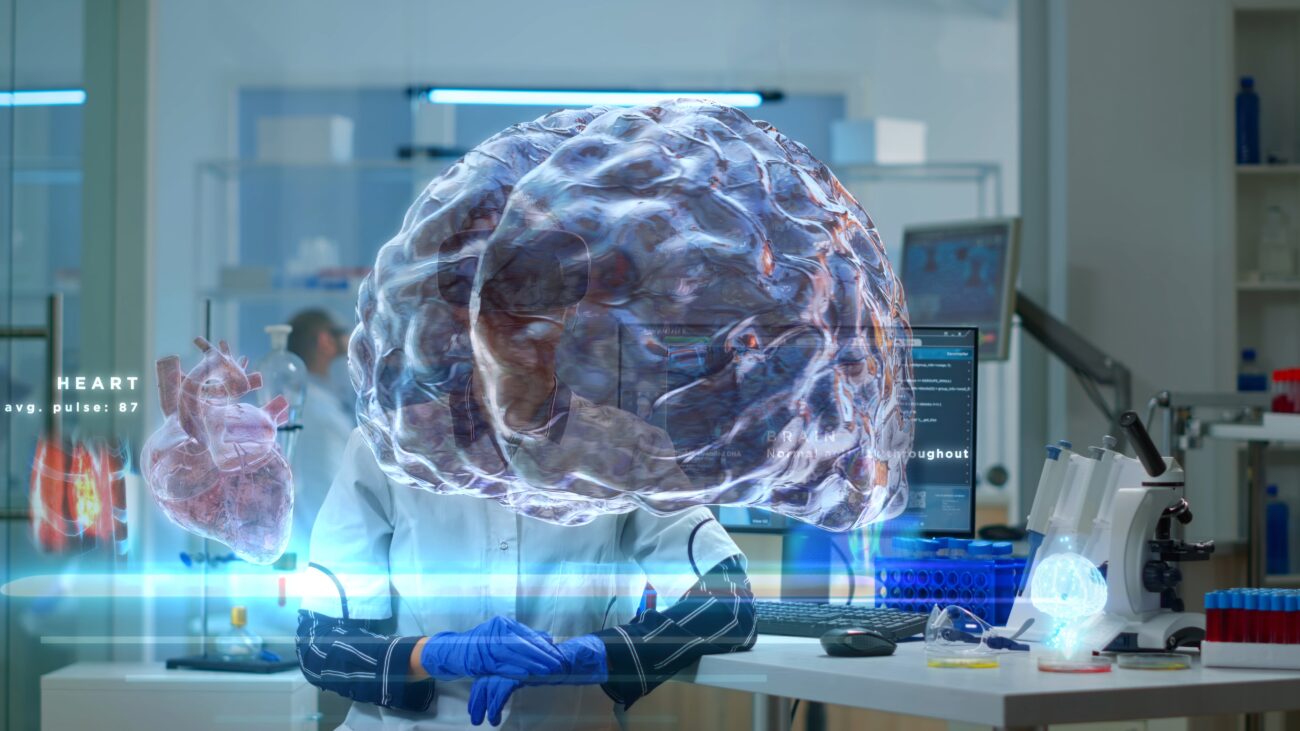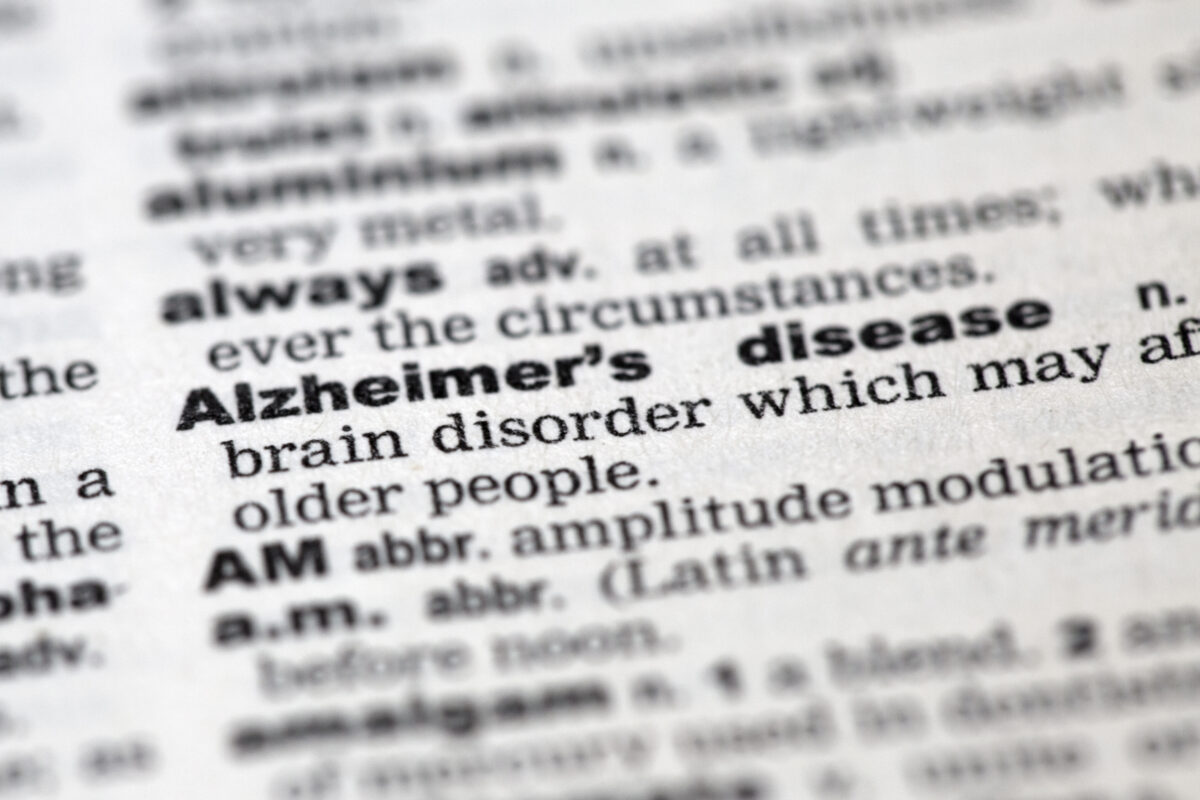RibbonFold represents a revolutionary artificial intelligence tool that radically changes the field of brain disease research particularly for Alzheimer’s and Parkinson’s. RibbonFold operates differently than AlphaFold because it concentrates on identifying the twisted disordered proteins which appear in neurodegenerative diseases within patients.
The scientists at Rice University and the Changping Laboratory developed this new tool, which reveals dangerous amyloid fibril shapes that build up in brain tissue and create long-term functional problems.
What Makes RibbonFold Different?
RibbonFold performs predictions about protein structures which extend past conventional biological forms. The platform implements physical energy principles to chart the developmental process of toxic proteins that transition from soluble to insoluble and harmful states. The resulting forecasts have the potential to advance pharmaceutical progress because researchers can identify specific dangerous phases of protein folding.

Key Highlights:
- Tailored AI for Misfolded Proteins: RibbonFold is specifically designed to predict the complex shapes of amyloid fibrils, surpassing the performance of AlphaFold in this domain.
- Deeper Understanding of Disease Progression: The tool explains how these proteins change over time, helping clarify why symptoms of diseases like Alzheimer’s often emerge later in life.
- Implications for Drug Development: With precise models of toxic protein structures, researchers can now develop treatments that more effectively target disease-driving fibrils.

Impact Beyond Medicine
The research effects spread throughout medical science beyond neurological investigation. The RibbonFold model contributes innovative ideas about protein self-assembly that might promote progress in synthetic biomaterials as well as biological engineering.
The resource resolves a century-long structural biological mystery about identical proteins which form toxic folds while creating opportunities for treatment and prevention strategies against neurodegenerative diseases.
Original Source: Neuroscience News
